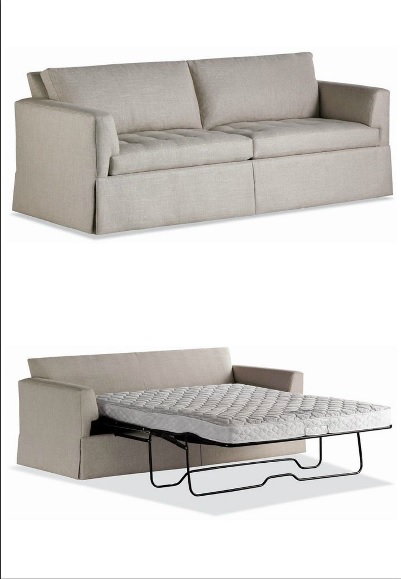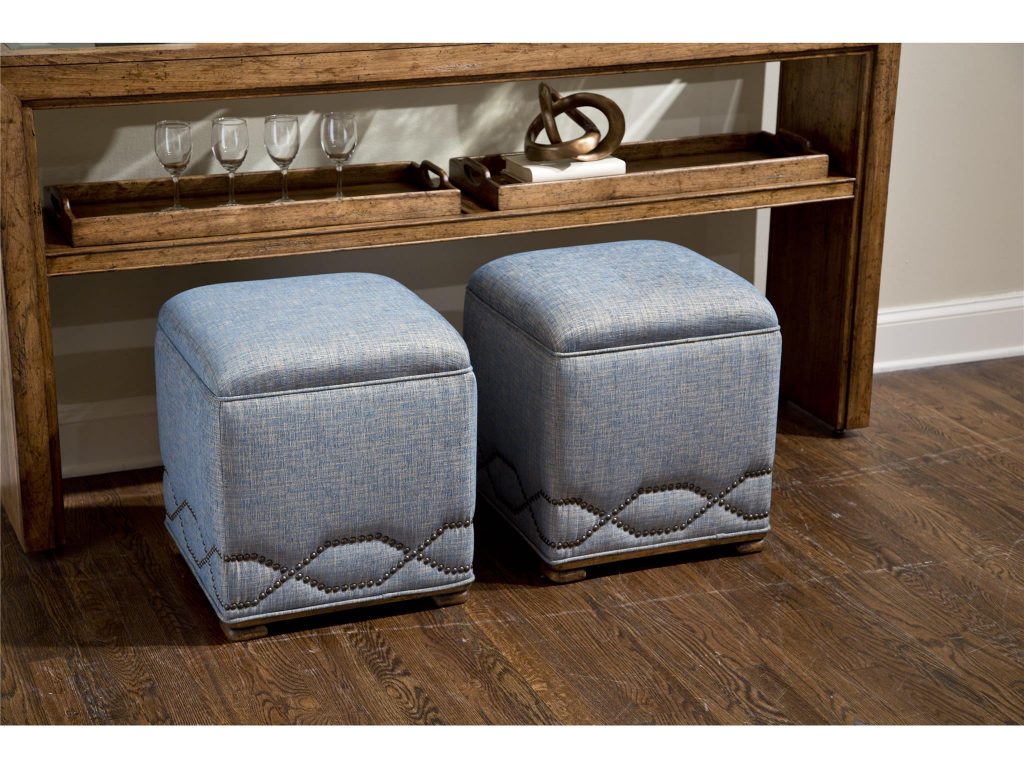Friday, November 24th, 2017

Jessica Charles Living Room Ginny Sofa 1721: A comfy sofa by day and an uber restful bed at night.
Studio apartments and condo spaces have one thing in common – they are cozy – yet this very coziness is also these habitats’ weakness. The smallness of the space could hamper the decorative creativity of a homeowner – or should it?
Divide the Space Into Zones
Zoning makes you visually divide areas that you usually use for sleep, work, relaxation, eating, etc. These separate zones act as the rooms wherein that smartly-placed credenza or ottoman could already signify the change from the living room to the bedroom.
Even the color of the walls can signify a change in environment, for instance, the entryway could be painted lilac just to separate it from the rest of the areas in your home.
You Gotta Love Change
Find pieces that have dual or multi-purpose. Since you don’t have ample space for both a seating unit and a center table anymore, then why not have both in an interesting ottoman? Or why not use your dining table not just as for purposes of eating but also for family meetings, home office-related conferences or simply as a desk for your kids’ projects and assignments?
The right kind of sofa can also be used once a part of it is pulled out. At night, it could serve as a comfy bed. Even those simple cubes in the living room can easily double as side or coffee tables.

Protege Collection’s Miraval Cubes can be your easy-to-store seating unit or it can be your stylish side tables.
Optical Illusion Is Your Best Friend
Interior design applications for optical illusion is not limited to the use of mirrors on walls. With small interiors come many design problems and a great way to solve them is not always redesigning things or even destruction of walls.
Elements such as the right materials, lighting, color, forms, textures, patterns, shapes, and even the correct placement of furniture can make a huge difference.
Direct lighting on ceilings can create an impression of an enlarged room. Of course, you can even double this effect by placing mirrors on correct angles.
Natural lighting is the best kind of lighting to improve the spaciousness of a home. Bright, large windows, with natural light streaming in, can make any room appear larger.
As for colors, use light ceilings to raise the height of your space. Deeper and darker colors tend to make things appear tighter and smaller so it is best to use them at a bare minimum.
This does not mean that you are not supposed to use dark colors anymore. A dark element placed against a light background. Just as long as the contrast is highlighted, then you can use both dark and light colors in the same room.
Another way to enlarge a room is to use translucent or transparent materials. Rather than have full-color furnishings, try to invest in translucent furniture and appliances. You can also expand space by using horizontal stripes on your walls. Use just the slim stripes and not the wide ones or you’d have an overwhelming space.
Veer away from large patterns and obvious, rough textures. Go for sleek and minimal lines.
Declutter
What better way is there to open up space than to let go of things that are no longer in use? Living in a tiny space should seriously make you consider living a minimalist lifestyle. You have, after all, limited space to work with so you need it to be clean, organized, and still with ample breathing room for everyone.
Creatively declutter by starting small. Pick up a clutter or two for the first few days then gradually increase your cleanup to one trash bag each day.
Line up the things that have been in your storage for a very long time. Those that you have not used for half a year or more need to go. Give them away as donations or just have the others placed in trash bins meant for recyclable materials.
Tags: decorating a small space, interior design for small spaces, McCreerys, McCreerys Home Furnishings, small space interior design, space optimization
Posted in Apartment Living, Condo Living, Furniture, Interior Design 101, Interior Design Elements | Comments Off on Small Space Optimization: 4 Tiny Living Hacks
© McCreery's Home Furnishings | All Rights Reserved | Privacy Policy
